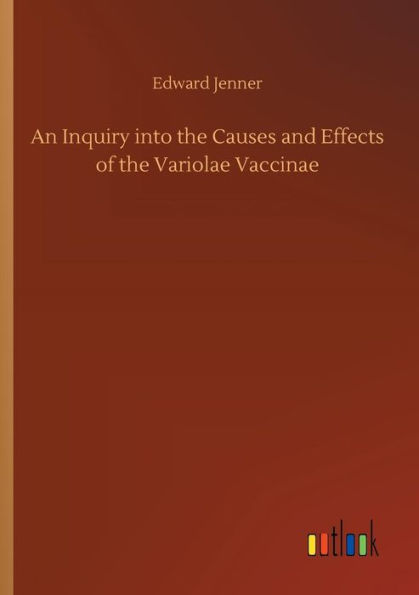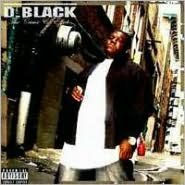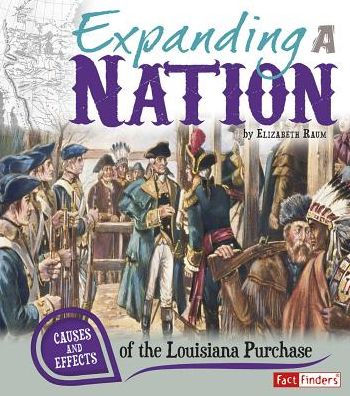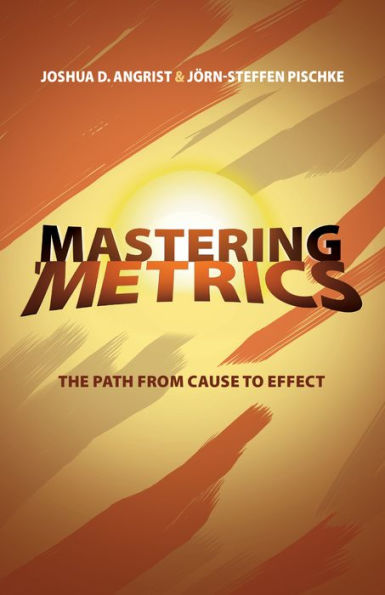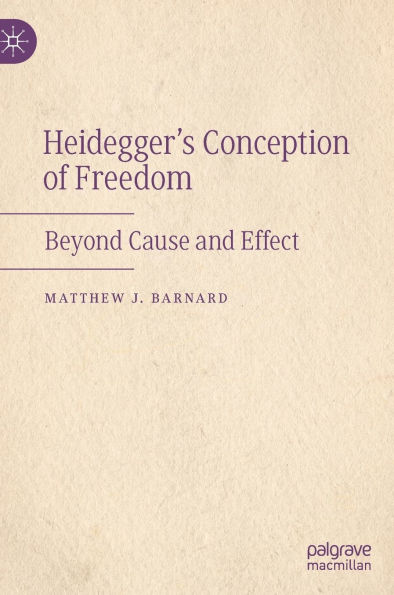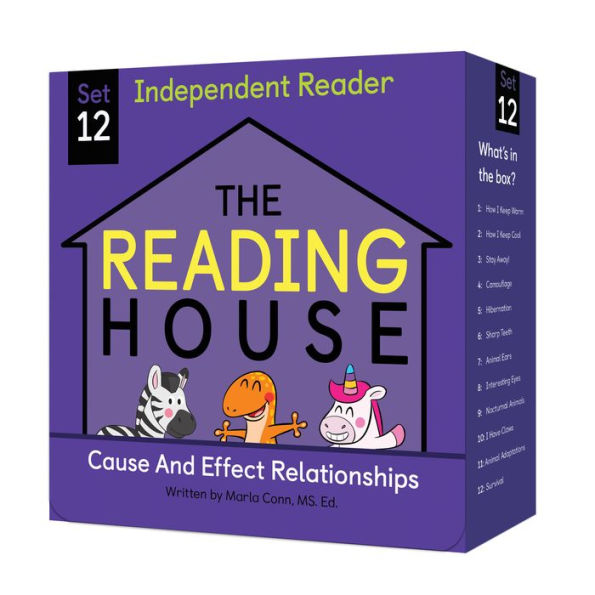Home
COUPLET PAIR REBUS: The Principle of Cause and Effect in Art
Barnes and Noble
Loading Inventory...
COUPLET PAIR REBUS: The Principle of Cause and Effect in Art in Franklin, TN
Current price: $28.00
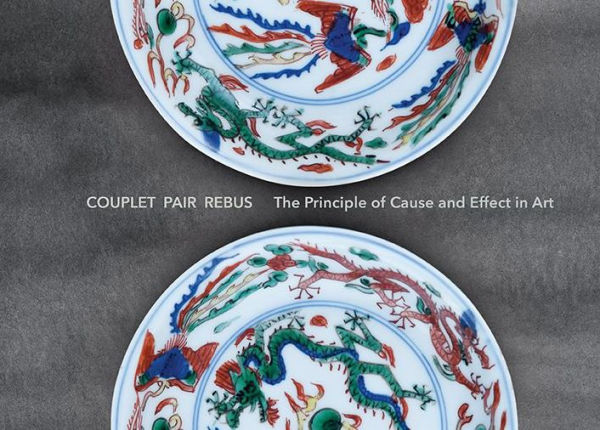
Barnes and Noble
COUPLET PAIR REBUS: The Principle of Cause and Effect in Art in Franklin, TN
Current price: $28.00
Loading Inventory...
Size: OS
A unique meditation on artistic symmetry and contrast.
COUPLET PAIR REBUS
explores the principle of cause and effect in art, offering various approaches to this philosophical relationship. Based on the UMAG exhibition curated by Harald Kraemer, the “COUPLET” section is comprised of more than twenty calligraphic pairs of poetic lines, known in Chinese as
duilian.
“PAIR” features artworks that form a balanced equilibrium through diverse visual languages along with objects in symmetrical harmony. Works presented in the “REBUS” section form a network of diverse references that connect the objects. Readers are then tasked with decoding these connections like a 3D puzzle.
This publication features an essay by curator Harald Kraemer unpacking the issues of harmony, symmetry, and contrasting artistic elements in art. Chinese language scholar and professor Yeuk Hung To Angus contributes a text analyzing Chinese couplets and their history and development throughout time, and UMAG director Florian Knothe provides an analysis of pairs in Western and Eastern art history.
COUPLET PAIR REBUS
explores the principle of cause and effect in art, offering various approaches to this philosophical relationship. Based on the UMAG exhibition curated by Harald Kraemer, the “COUPLET” section is comprised of more than twenty calligraphic pairs of poetic lines, known in Chinese as
duilian.
“PAIR” features artworks that form a balanced equilibrium through diverse visual languages along with objects in symmetrical harmony. Works presented in the “REBUS” section form a network of diverse references that connect the objects. Readers are then tasked with decoding these connections like a 3D puzzle.
This publication features an essay by curator Harald Kraemer unpacking the issues of harmony, symmetry, and contrasting artistic elements in art. Chinese language scholar and professor Yeuk Hung To Angus contributes a text analyzing Chinese couplets and their history and development throughout time, and UMAG director Florian Knothe provides an analysis of pairs in Western and Eastern art history.
A unique meditation on artistic symmetry and contrast.
COUPLET PAIR REBUS
explores the principle of cause and effect in art, offering various approaches to this philosophical relationship. Based on the UMAG exhibition curated by Harald Kraemer, the “COUPLET” section is comprised of more than twenty calligraphic pairs of poetic lines, known in Chinese as
duilian.
“PAIR” features artworks that form a balanced equilibrium through diverse visual languages along with objects in symmetrical harmony. Works presented in the “REBUS” section form a network of diverse references that connect the objects. Readers are then tasked with decoding these connections like a 3D puzzle.
This publication features an essay by curator Harald Kraemer unpacking the issues of harmony, symmetry, and contrasting artistic elements in art. Chinese language scholar and professor Yeuk Hung To Angus contributes a text analyzing Chinese couplets and their history and development throughout time, and UMAG director Florian Knothe provides an analysis of pairs in Western and Eastern art history.
COUPLET PAIR REBUS
explores the principle of cause and effect in art, offering various approaches to this philosophical relationship. Based on the UMAG exhibition curated by Harald Kraemer, the “COUPLET” section is comprised of more than twenty calligraphic pairs of poetic lines, known in Chinese as
duilian.
“PAIR” features artworks that form a balanced equilibrium through diverse visual languages along with objects in symmetrical harmony. Works presented in the “REBUS” section form a network of diverse references that connect the objects. Readers are then tasked with decoding these connections like a 3D puzzle.
This publication features an essay by curator Harald Kraemer unpacking the issues of harmony, symmetry, and contrasting artistic elements in art. Chinese language scholar and professor Yeuk Hung To Angus contributes a text analyzing Chinese couplets and their history and development throughout time, and UMAG director Florian Knothe provides an analysis of pairs in Western and Eastern art history.
